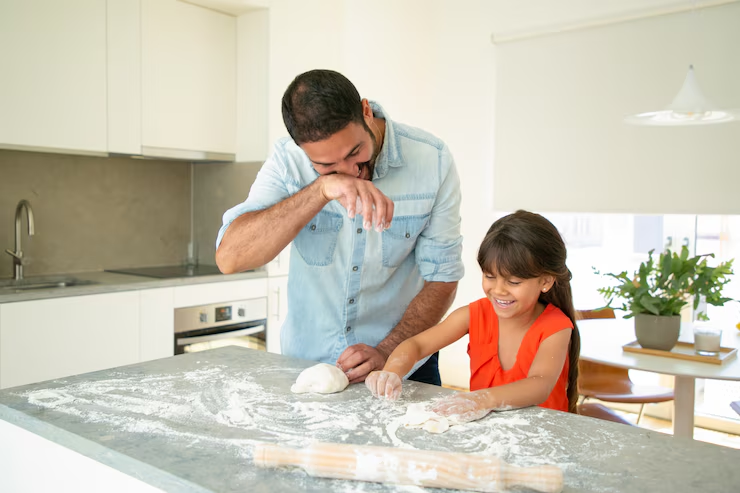In today’s fast-paced educational environment, creating an effective and engaging classroom setup is more important than ever. One concept that has gained traction among educators is “Classroom 66 EZ”—a term that symbolizes an optimized, stress-free, and highly functional learning space. But what exactly does it mean, and how can teachers implement it?
In this comprehensive guide, we’ll explore:
- The meaning behind Classroom 66 EZ
- Key elements of an efficient classroom
- Practical tips for teachers to enhance learning experiences
- The role of technology in modern classrooms
- Real-world examples of successful classroom setups
By the end of this post, you’ll have a clear understanding of how to transform your classroom into a dynamic, student-friendly environment that maximizes engagement and productivity.
What is Classroom 66 EZ?
The term “Classroom 66 EZ” doesn’t refer to a specific room number but rather represents an ideal, hassle-free classroom model where learning flows effortlessly. The number “66” could symbolize balance (as in double success), while “EZ” stands for “easy,” indicating a smooth, well-organized educational space.
This concept emphasizes:
✔ Flexible seating arrangements
✔ Minimal distractions
✔ Engaging teaching methods
✔ Efficient use of technology
✔ Student-centered learning
A Classroom 66 EZ is designed to help both teachers and students thrive without unnecessary stress or inefficiencies.
Key Elements of an Efficient Classroom
To create a Classroom 66 EZ, educators must focus on several core components:
1. Optimal Classroom Layout
A well-structured classroom layout enhances focus and collaboration. Consider:
- Flexible seating: Mix traditional desks with standing tables, bean bags, or floor seating.
- Group work zones: Designated areas for teamwork and discussions.
- Teacher accessibility: Ensure the instructor can easily move around and assist students.
2. Minimalist & Organized Environment
Clutter leads to distraction. Strategies include:
- Smart storage solutions: Use labeled bins, shelves, and digital tools to keep materials organized.
- Decluttered walls: Avoid excessive posters; keep only essential learning aids.
- Daily reset routine: Encourage students to tidy up before leaving.
3. Engaging & Interactive Teaching Methods
A Classroom 66 EZ prioritizes active learning over passive lectures. Techniques include:
- Gamification: Use quizzes, leaderboards, and educational games.
- Project-based learning (PBL): Real-world problem-solving tasks.
- Flipped classroom model: Students review materials at home and engage in discussions in class.
4. Effective Use of Technology
Tech integration should enhance—not hinder—learning. Best practices:
- Interactive whiteboards & tablets for dynamic lessons.
- Learning management systems (LMS) like Google Classroom or Canvas.
- AI-powered tools for personalized learning paths.
5. Positive Classroom Culture
A supportive atmosphere boosts morale and productivity. Tips:
- Clear expectations & rules (co-created with students).
- Encouragement & growth mindset approaches.
- Peer collaboration & mentorship programs.
How to Implement Classroom 66 EZ in Your School
Now that we’ve covered the fundamentals, let’s dive into actionable steps to create your own Classroom 66 EZ.
Step 1: Assess Your Current Setup
Before making changes, evaluate:
- What’s working well?
- What causes distractions or inefficiencies?
- How do students respond to the current environment?
Step 2: Redesign the Space for Flexibility
- Experiment with different seating arrangements (U-shape, clusters, or stadium-style).
- Introduce movable furniture for easy reconfiguration.
- Create quiet zones for independent work.
Step 3: Integrate Technology Thoughtfully
- Use educational apps (Kahoot!, Nearpod, Duolingo).
- Implement digital portfolios for student work.
- Ensure tech doesn’t replace human interaction—balance is key.
Step 4: Foster Student Ownership
- Let students help design classroom rules.
- Assign classroom jobs (tech helper, organizer, etc.).
- Encourage peer teaching & collaborative projects.
Step 5: Continuously Improve
- Gather student feedback regularly.
- Stay updated on new teaching strategies.
- Adjust the classroom setup based on what works best.
Real-World Examples of Classroom 66 EZ in Action
Example 1: The Flipped Classroom Model
A high school in Texas adopted a flipped classroom approach, where students watched lectures at home and used class time for hands-on activities. Result? Test scores improved by 20%, and students reported higher engagement.
Example 2: Flexible Seating Success
An elementary school in California replaced traditional desks with stability balls, standing desks, and floor cushions. Teachers noted better focus and fewer behavioral issues.
Example 3: Gamified Learning
A middle school math teacher introduced escape room-style challenges to teach problem-solving. Students were more motivated and retained concepts longer.
The Future of Classroom 66 EZ
As education evolves, so will classroom design. Emerging trends include:
Augmented Reality (AR) & Virtual Reality (VR) lessons
AI-driven personalized learning assistants
More outdoor & hybrid learning spaces
The goal remains the same: creating a stress-free, effective learning environment where students and teachers thrive.
Final Thoughts
Classroom 66 EZ isn’t just a catchy phrase—it’s a philosophy that prioritizes efficiency, engagement, and ease of learning. By optimizing classroom layouts, integrating smart technology, and fostering a positive culture, educators can transform their teaching spaces into hubs of productivity and creativity.
Whether you’re a new teacher or a seasoned educator, small changes can make a big difference. Start today and build your own Classroom 66 EZ—where learning is effortless, effective, and enjoyable for everyone!














